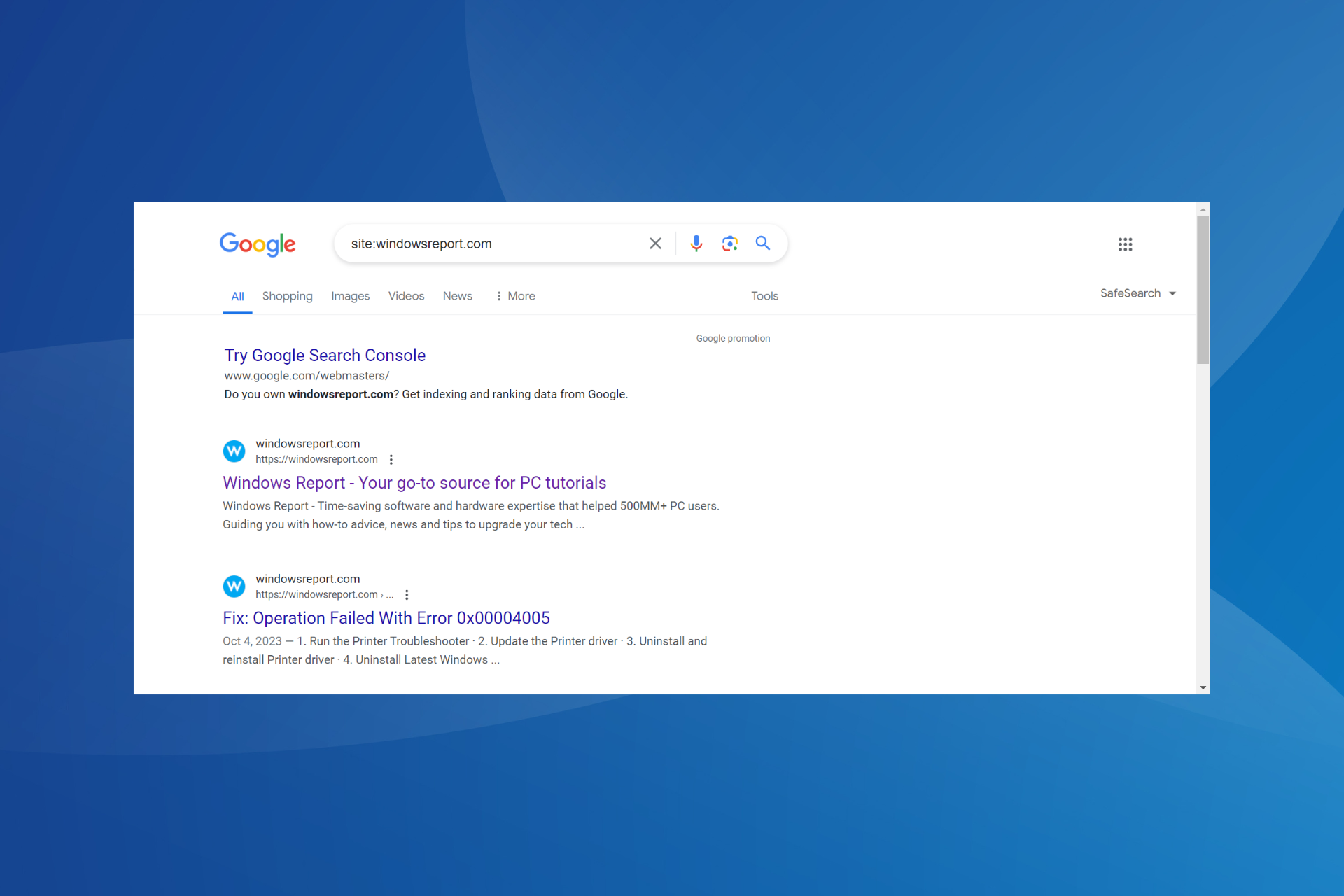UserBenchmark is now viewed as malware according to anti-viruses and Windows Security
2 min. read
Published on
Read our disclosure page to find out how can you help Windows Report sustain the editorial team Read more
Key notes
- UserBenchmark is currently being flagged as malware by almost two dozen sites.
- Users on different forums are now reporting issues of these cases.
- Microsoft has also joined the list of anti-malware programs as a malicious trojan.

The popular free benchmarking tool is currently under fire as almost two dozen anti-viruses are now flagging Userbenchmark as malware.
According to VirusTotal, 23 anti-viruses are flagging the software as malware with a majority identifying it as a Trojan.
UserBenchmark typically tests your CPU, GPU, memory and storage drives. If it is being flagged as malware, you have to find other alternatives to test your drives.
New case
The 23 anti-viruses flagging the software as malware is a pretty significant number. The issue is totally new and users are still navigating on how to go about the issue.
Joining the list is Microsoft. It is part of the anti-malware programs that also thinks UserBenchmark is a malicious trojan.
Microsoft further terms it as ‘dangerous and executes commands from an attacker’ in the Microsoft Security intelligence version 1.353.1394.0 and labels it as a ‘severe’ threat.
Users on forums have encountered similar problems and are now offering each other fixes. According to this reddit user, the malicious returns are false positives.
A regular install could be the source of this problem instead of a custom install.
One of the reasons why it is being flagged as malware is because of its Nullsoft Scriptable Install System (NSIS) nature.
According to NSIS’ website, this is a common false positive issue given that many anti-virus programs flag NSIS files as potential malware.
Have you encountered an issue with UserBenchmark? Let us know in the comment section below.








